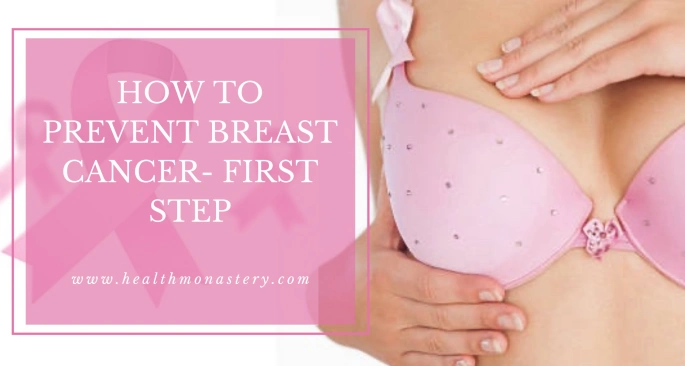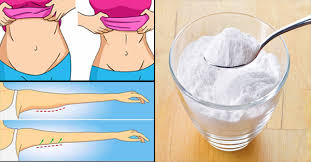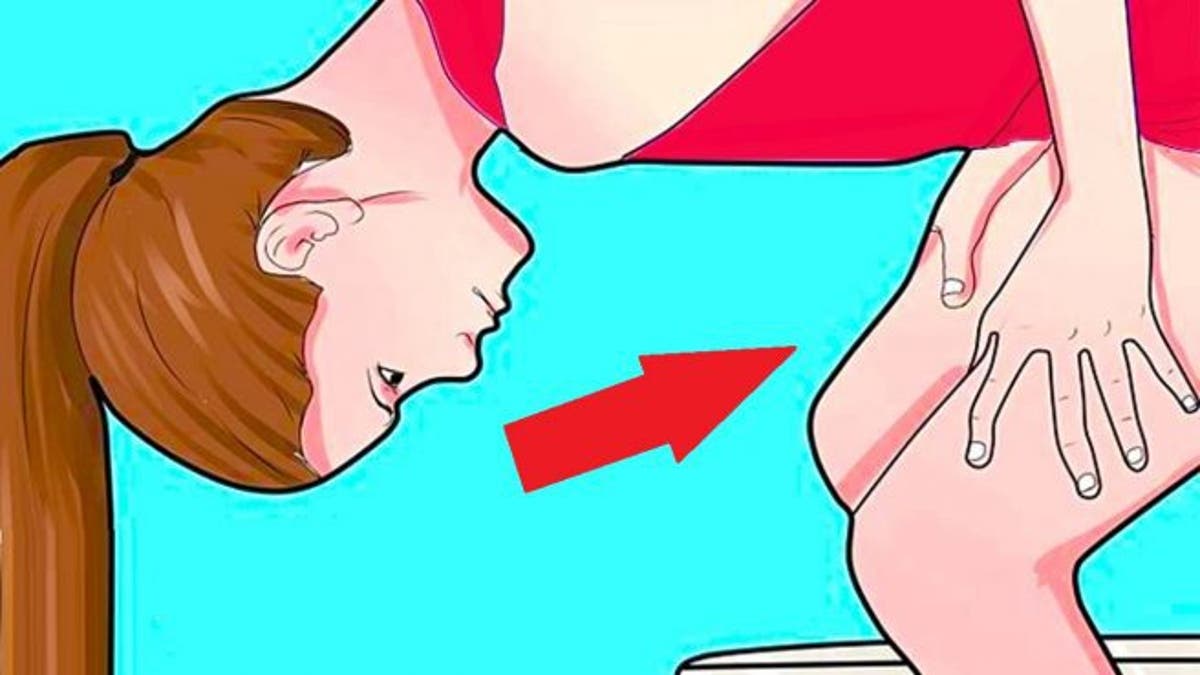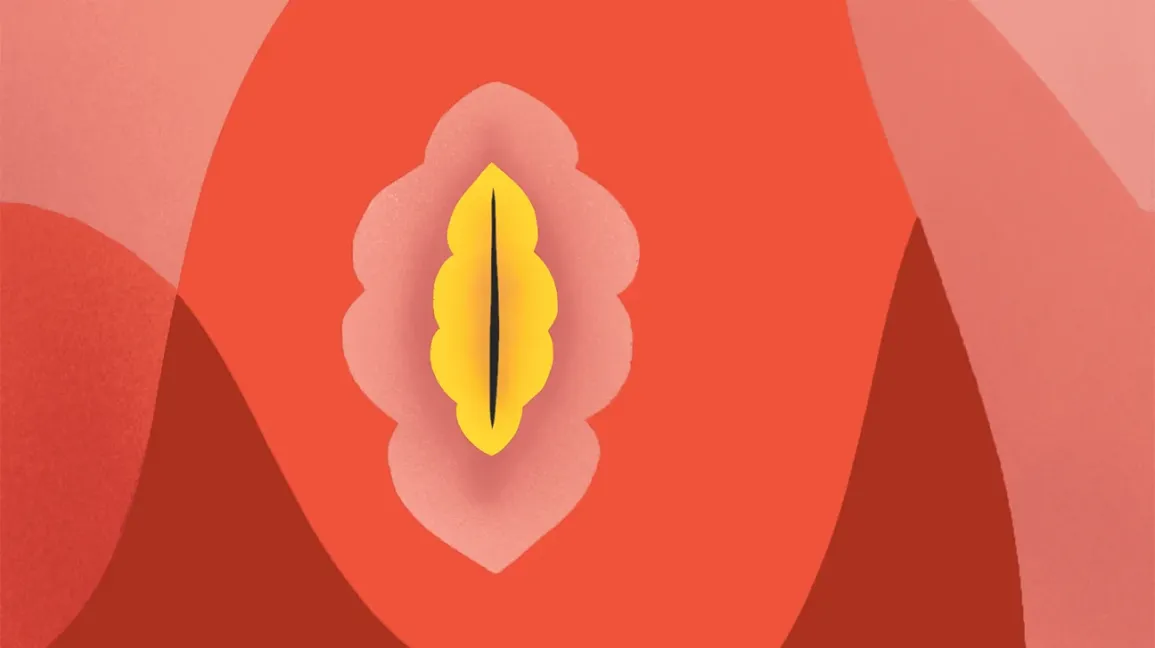Breast cancer is one of the most common cancers worldwide, but it is also one of the most preventable and treatable—if detected early. Awareness is the first and most crucial step in reducing the risks and understanding the importance of regular screenings. In this blog, we’ll explore why breast cancer awareness is vital and what steps you can take to protect yourself and your loved ones.
Breast self-exam, or regularly examining your breasts on your own, can be an important way to find a breast cancer or fibroadenoma early when it’s more likely to be treated successfully.

A regular self-breast examination is something every woman should feel comfortable and confident doing as a part of her healthy routine.
Look For These Changes

- Nipple Discharge– any unusual discharge from either of your nipples.
- Change In Size Or Shape– can you see any change in size or shape? For example, one breast might be larger or lower than the other.
- Colour Change- See for change in colour of breast, if breast may look red or inflamed.
- Change In Skin Texture– Is there any change in skin texture? The skin of the breast might be puckering or dimpling.
- Change In The Shape Of Nipple– Do nipples look any different?
- Rash And Crusting– Watch for any kind of rashes or anything unusual.
How To Do Breast Self-Examination?
Touch
Use the pads of your three middle fingers. Begin in your armpit, using small circular motions with varying degrees of pressure, to examine your entire breast area.
Breast Examination Grid
Move your fingers up and down over your entire breast area, from the collarbone to below the breast and side to side, from your breastbone to your armpit.
Breast Self-Examination Steps

-
Stand In Front Of Mirro
- Stand in front of a mirror to look at your breasts. With your hands relaxed at your sides, look for any differences in shape/size/position, also check skin tone and skin condition.
- Put your hands firmly on your hips, pressing down, look at them straight then turn to see the sides. Roll your shoulders forward and check again from the front and sides.
- Put your hands on the back of your head, pressing them forward. Look at your breasts from both sides and the front. Lift them with the opposite hand if necessary to look at the skin and shape on the underside.
- Place your thumb and finger on the skin surrounding your nipple, gently pull on your nipple and check for discharge. Also, check to see that the nipples look normal and hasn’t become inverted or changed position.
2. Examine While In Shower
Breast self-examination is easier when your skin is wet and soapy. In the shower, raise your right arm above your head. Think about the BSE grid as you cover your entire breast area, using the “touch technique” described above. Repeat for the left side.
3. Examine in lying down position
Lying down helps to flatten the breast making it easier to examine the breast tissue by pressing it. Lie down and put your left arm under your head. Use your right hand to examine your left breast. With your middle 3 fingers flat, move gently in small circular motions over the entire breast.
Checking for any lump, hard knot or thickening. Use different types of pressure– light, medium and firm- over each area of your breast. Check the whole breast from your collar bone above your breast down to the ribs below your breast. Switch arms and repeat on the other breast.
Should men also do a breast examination?
While breast cancer is rare in men, they can still perform self-breast exams. This is especially important for men who have a family history or are at high risk. Why not? That’s how I feel about it.
What should you do if you find something?
Contact your doctor & get an appointment to be checked out. Even if you’re not sure if it’s anything. If you are thinking to wait and see if it gets bigger or changes, don’t. Call your doctor now and get evaluated. This is something you should not compromise with, even if you’re scared. Just remember, the earlier you detect something the better your chances are to beat it.
Why Awareness Matters
Awareness about breast cancer goes beyond just knowing it exists. It’s about understanding the risks, recognizing the symptoms, and making informed choices about your health. In 2025, we aim to increase global awareness and empower individuals to take charge of their health.
1. Know the Risk Factors
While breast cancer can affect anyone, certain factors increase the risk. These include:
- Age: The risk increases as you get older, particularly after 50.
- Family History: A history of breast or ovarian cancer in close relatives raises your chances.
- Lifestyle Choices: Poor diet, lack of exercise, and excessive alcohol consumption contribute to higher risk.
Tip: Regularly review your family history and talk to a healthcare provider about genetic testing if breast cancer runs in your family.
2. Early Detection Saves Lives
Early detection through self-exams, mammograms, and regular check-ups can significantly improve survival rates. Women over the age of 40 should consider annual mammograms, while younger women should perform monthly self-exams.
Key Symptoms to Watch For:
- Lumps or thickening in the breast or underarm area.
- Changes in breast size, shape, or appearance.
- Unexplained pain in the breast.
- Nipple discharge, especially if bloody.
Tip: If you notice any unusual changes, consult a doctor immediately. Early detection increases treatment success by 90%.
3. Adopt a Healthy Lifestyle
You can take proactive steps to reduce your risk of breast cancer:
- Maintain a healthy weight: Obesity increases the risk, particularly after menopause.
- Exercise regularly: Aim for at least 30 minutes of physical activity each day.
- Eat an anti-inflammatory diet: Focus on whole foods, rich in antioxidants like fruits, vegetables, nuts, and seeds.
- Limit alcohol and quit smoking: Both significantly contribute to the risk of developing breast cancer.
4. Stay Informed: Awareness Initiatives in 2025
Awareness campaigns in 2025 aim to spread information globally, making early detection and prevention tools accessible to everyone. From webinars to breast cancer walks, the focus is on reaching underserved communities and educating individuals on the importance of regular check-ups.
5. Take Action Today
Prevention is within your control. Schedule that mammogram, make lifestyle changes, and stay informed about breast cancer. Your first step toward prevention is awareness. Share this knowledge, and encourage others to prioritize their breast health.
I hope this quick info about breast cancer and self-breast examination will help you to stay healthy and manage on time just in case you encounter the disease. I will be posting more about breast cancer. Follow me to know more about your feminine journey. You can send your queries and leave a comment below with your feedback. Be sure to sign up for my free newsletter to be the first to get new posts!






